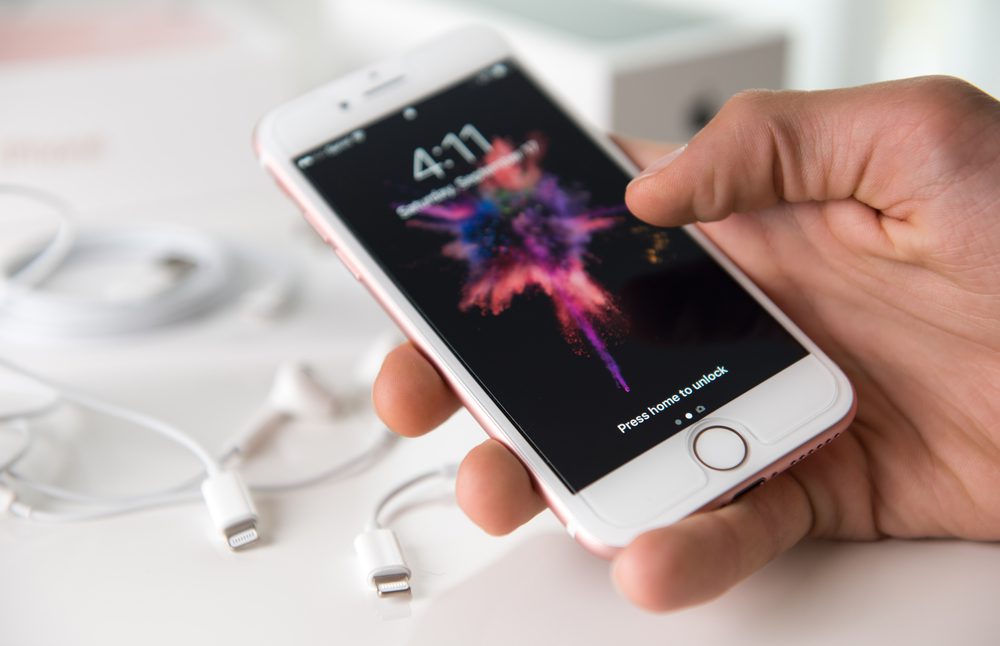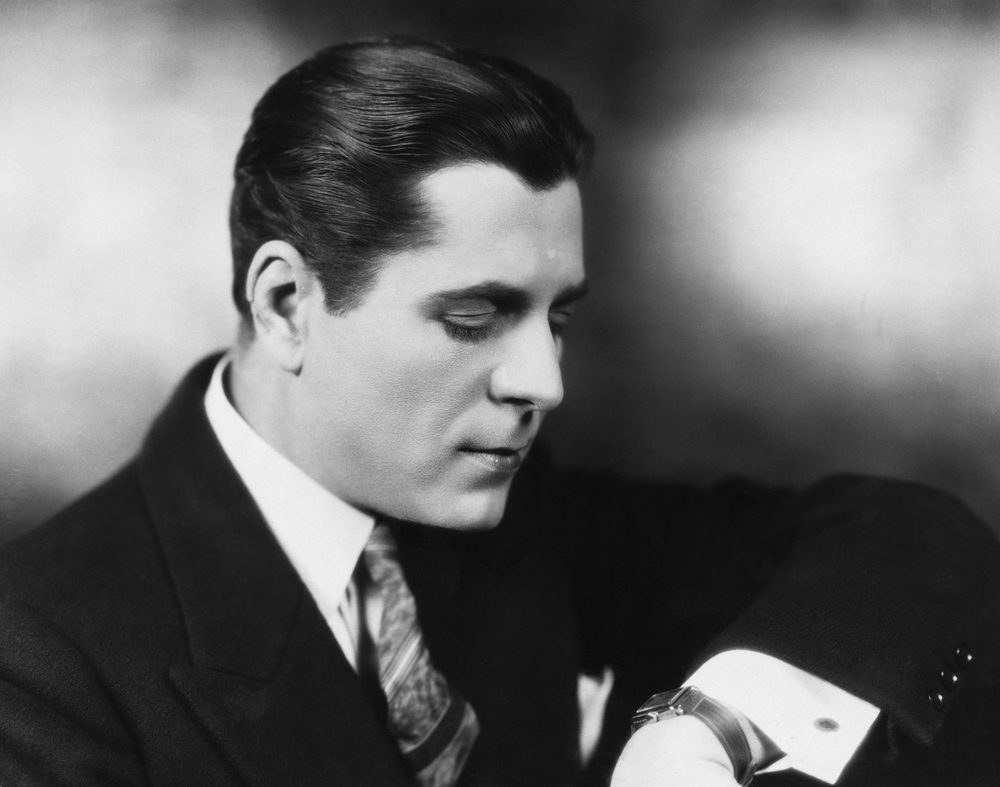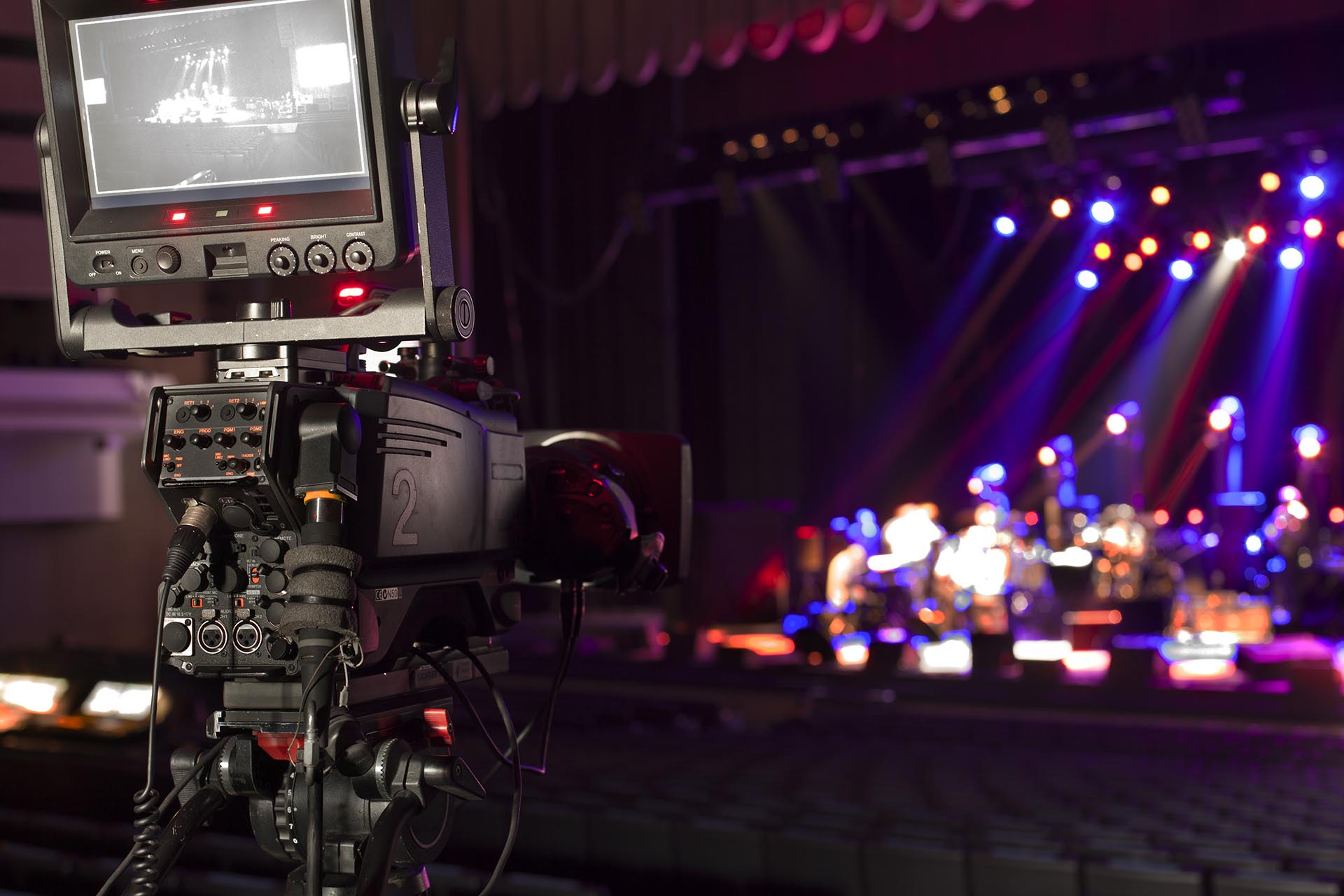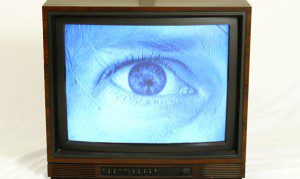
Introducing, the newest member of the iPhone family — it’s the only phone on the market that will literally force you to buy Bluetooth headphones. Heck, why stop there? While you’re at it why not buy a new car stereo with Bluetooth capabilities so you’ll be able to charge your phone and listen at the same time as you roll down Utah roads?
It’s no secret that the iPhone 7 is getting mixed feedback. We were all expecting innovation that would make Steve Jobs proud. Instead, we felt the sting of an insult as they made us all aware that our technology is outdated and we’re behind on the times.
The cherry on top is the fact that users are finding their headphones crashing since the newest iOS update. As technology continues to grow, advertising agency employees are anxious to see if Apple’s courage is warranted or if this change will fall into the same category as the epic embarrassment that was “New Coke.”
The “New Coke” Debacle
Take a step back in time when Coke decided to take a risk with a new formula. Their advertising agency had the task of creating a campaign that displayed their courage. Sitting in the number one seat for soft drinks, they felt comfortable with their decision.
After 77 days of protests from their loyal followers, and jabs from Pepsi — whose product took over the number one spot — they admitted it was a mistake brought the old formula back. As an ode to the memory of these dark times, any time a product is classified as an astronomical failure they’re given the title of “New Coke.”
Is iPhone Following in Their Footsteps?
Over the years there isn’t an advertising agency who has been able to beat the brand of exclusivity associated with Apple. Their followers are comparable to the devoted Coke fans that were behind bringing original Coke back. In a world where only the strong survive, the headphone jack that’s survived for decades is putting up a fight.
Only time will tell if the innovation sticks or if the insult “New Coke” is replaced by “iPhone 7.”







